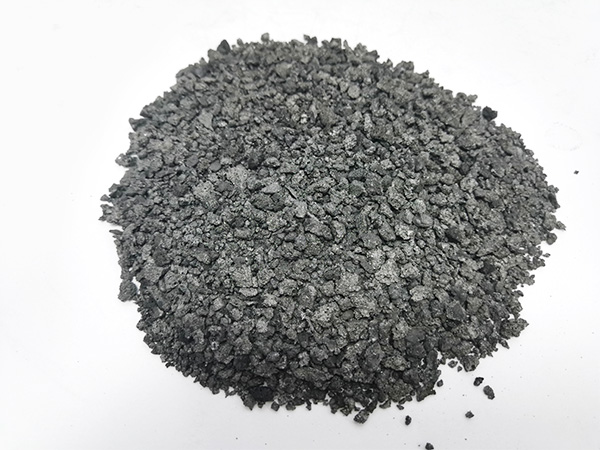
Coke Dry Quenching
Coke Dry Quenching is an alternative to the traditional wet quenching of the coke. Coke is cooled using an inert gas in dry cooling plant, instead of cooling by sprayed water which results in high CO2 emissions and thermal energy loss. This process allows the recovery of the thermal energy in the quenching gas which can then be used for the production of steam and electricity, for district heating, and/or for the preheating of coking coal.
The iron and steel sector is the second-largest industrial user of energy, consuming 616 Mtoe in 2007 and is also the largest industrial source of CO2 emissions. The five most important producers – China, Japan, the United States, the European Union and Russia – account for over 70% of total world steel production. Coke dry quenching appears as the most valid system to reduce air pollution allowing at the same time a remarkable energy recovery or saving, especially when it is associated with coal preheating. In addition, dry quenched coke is harder and stronger, and its moisture content is much lower than that of wet quenched coke.
Model No. | |
Fixed Carbon(Min) | 85% |
Ash(Max) | 13% |
Volatile matter(Max) | 1.5% |
Sulfur(Max) | 0.8% |
Moisture (Max) | 2% |
Size | 1-3 mm 1-5 mm 10-30mm 20-40mm |
The main factors affecting the absorption rate of the Carbon Raiser
The recarburization process using the Carbon Raiser includes the dissolution diffusion proc ...
2024-05-17
How to use Carbon Raiser correctly?
Now the manufacturer will introduce to you how to use reCarbon Raiser correctly. ...
2024-05-17
Methods for distinguishing the quality of Carbon Raiser
There are many types of Carbon Raisers,and the quality indicators of Carbon Raisers are uni ...
2024-05-17
The role of graphite petroleum coke in industry
In order to cooperate with the processing of imported sulfur-containing crude oil and the u ...
2024-05-17



